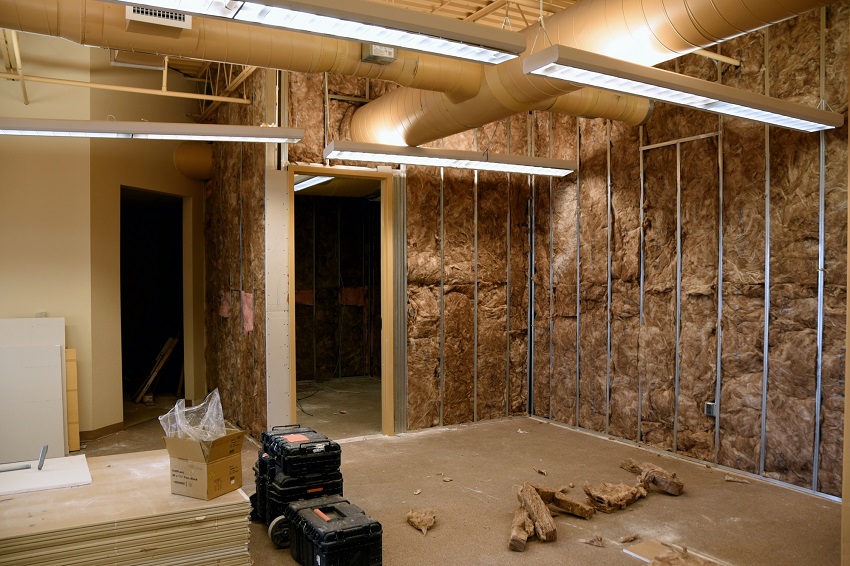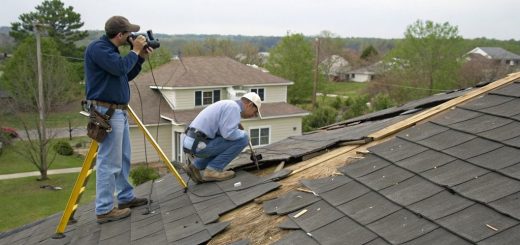Soundproofing Between Semi Detached Houses: Create Peaceful Boundaries
Are you tired of hearing every little noise from your neighbor’s house? Do you wish for a peaceful and quiet living environment? If you live in a semi-detached house, soundproofing is the solution you’ve been looking for. In this article, we will explore the various methods and materials available for soundproofing between semi detached houses, ensuring a serene living space for you and your neighbors.
Living in a semi-detached house has advantages but also means sharing walls with your neighbors. This proximity can lead to unwanted noise between the houses, disrupting peace and privacy. Soundproofing solves this problem by reducing noise transmission and creating a more tranquil living environment.
Understanding the Need for Soundproofing
Living near neighbors means being subject to various sounds, such as conversations, footsteps, or household activities. It is crucial to address these noise disturbances to maintain a peaceful atmosphere. Soundproofing benefits you and ensures a considerate living environment for your neighbors.
Soundproofing Materials and Techniques
Soundproofing Walls
Walls are one of the primary areas where sound can penetrate. You can significantly reduce noise transmission by reinforcing the walls with soundproofing materials such as mass-loaded vinyl, soundproof drywall, or resilient channels.
Soundproofing Insulation
Insulating your walls with soundproofing insulation materials, such as mineral wool or cellulose, can enhance sound absorption and prevent noise from traveling through the walls.
Soundproofing Windows
Windows are another common pathway for noise to enter or exit your home. Installing double-glazed or laminated windows can effectively reduce sound transmission and create a more serene indoor environment.
Soundproofing Curtains
Soundproof curtains, made with heavy and dense fabrics, offer additional sound insulation for windows. These curtains can absorb sound waves and minimize noise infiltration.
Soundproofing Foam
Acoustic foam panels are an excellent option for reducing reverberations and echo within a room. They can be strategically placed on walls or ceilings to absorb and dampen sound waves.
Soundproofing Panels
Soundproof panels, such as fiberglass or fabric-covered panels, are versatile and can be used on walls, doors, or ceilings to enhance sound absorption and reduce noise transmission.
Soundproofing Doors
Doors are often overlooked when it comes to soundproofing. Upgrading to solid-core doors or adding door sweeps and seals can help create a sound barrier, minimizing noise transfer between rooms.
Soundproofing Ceiling
To reduce airborne noise and impact noise from the above floor, soundproofing the ceiling with materials like mass-loaded vinyl or acoustic tiles can significantly improve.
Soundproofing Paint
Soundproofing paint contains special additives that help dampen sound vibrations. Applying this type of paint to walls and ceilings can contribute to noise reduction.
Soundproofing Blankets
Soundproof blankets can be hung on walls or used as room dividers for a temporary soundproofing solution. These blankets are dense and thick, effectively absorbing and reducing sound.
Soundproofing Specific Areas
Soundproofing the Room
Soundproofing an entire room requires a comprehensive approach, incorporating techniques like soundproofing walls, windows, doors, and ceilings. You can create a peaceful sanctuary within your semi-detached house by addressing each area.
Soundproofing the Basement
Basements often serve as recreational areas or home theaters. Soundproofing the basement walls and ceiling can prevent noise from traveling to other parts of the house and enhance the acoustic experience within the room.
Soundproofing the Apartment
Soundproofing becomes even more crucial if you live in a semi-detached house divided into separate apartments. Employing soundproofing techniques in shared walls, floors, and ceilings can significantly minimize noise disturbances between the units.
Determining the Cost of Soundproofing
The cost of soundproofing between semi-detached houses can vary depending on factors such as the size of the area, materials used, and the extent of the soundproofing project. Consulting with soundproofing professionals can help you assess the requirements and provide a more accurate cost estimate.
Choosing the Right Soundproofing Company
When undertaking a soundproofing project, selecting a reputable soundproofing company with experience in residential properties is essential. Researching and comparing companies, reading customer reviews, and requesting quotes will assist you in making an informed decision.
Living in a semi-detached house should be a harmonious experience. By implementing soundproofing measures, you can minimize noise disturbances and create a peaceful environment for yourself and your neighbors. Whether it’s soundproofing walls, windows, doors, or ceilings, the available techniques and materials allow you to enjoy a quieter and more serene living space.
FAQs
- How effective is soundproofing between semi-detached houses?
Soundproofing can be highly effective in reducing noise transmission between semi-detached houses. You can significantly minimize noise disturbances and create a more peaceful living environment by employing various soundproofing techniques and materials.
- What is the cost of soundproofing between semi-detached houses?
The cost of soundproofing between semi-detached houses can vary depending on factors such as the size of the area, materials used, and the project’s complexity. It is recommended to consult with soundproofing professionals to get an accurate cost estimate tailored to your specific needs.
- Can I soundproof my semi-detached house on my own?
While there are some soundproofing tasks you can do on your own, such as installing soundproof curtains or using acoustic foam panels, more complex projects may require professional assistance. Soundproofing experts have the knowledge and experience to recommend the most effective solutions for your specific situation.
- How long does it take to soundproof a semi-detached house?
The time required to soundproof a semi-detached house depends on the area’s size and the project’s scope. Simple tasks like installing soundproof curtains can be done in a few hours, while larger projects involving multiple areas may take several days to complete.
- Will soundproofing affect the aesthetics of my house?
Soundproofing materials and techniques have come a long way, and many options are designed to blend seamlessly with your existing décor. From soundproof paint to stylish acoustic panels, you can find solutions that improve sound insulation and enhance your home’s visual appeal.
















